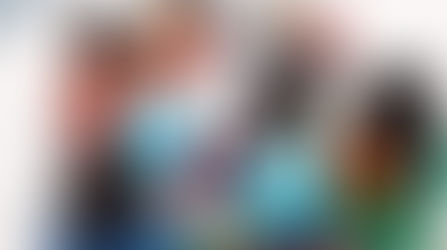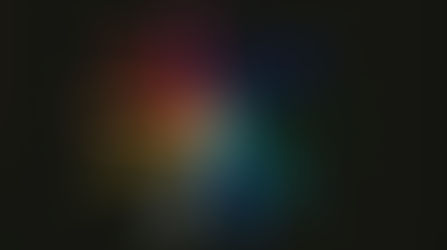Chapter 11 - CCSS - Common Core Standard 5
- smoore31175
- Nov 1, 2015
- 4 min read
Chapter 11 - CCSS - Common Core Standard 5
Structure of texts
Analyze the structure of texts, including how specific sentences, paragraphs, and larger portions of he text relate to each other and the whole
Reading texts that are highly challenging compared to their knowledge and structure
Students need to examine how it is built in order to understand a text
Students should be a use to pick up on subtle and complex texts
Literature
Students will be required to analyze an author's choice of structures used in their text
Bow this benefits the structure and meaning of a text
This can mean ordering events in a text
Relations among ideas of the text
Or the way that the author uses time to create effects of mystery or surprise
Info Texts
Students are expected to analyze how the author's ideas are developed and refiners by certain text structures
The ability to analyze the structure of info texts
Ability to relate sentences, paragraphs, and large portions of texts to other texts and the entire whole
Book Structures
Specific pattern: front and back covers, title page, table of contents, way the text is organized, glossary, and index
Either views as info or literary texts
Literary texts can have the publisher and copyright info, pictures to support the text and chapters depending on the length of text
Textbooks and info texts will have a table of contents and leading a and subheadings are used to arrange info in chapters
Informational texts may also contain an index, resources page, and glossary
Text structures
When we first read a text, we focus on how it is organized
Texts are arranged by the ideas in them and relationships among the ideas
Being able to understand how texts are structure can benefit reading comprehension
Research shows that students that know more about text structure are able to recall info better than students that struggle with text structures
When teachers use a wide variety of genres this increases students' reading performance
Legends, poetry, biographies, historical fiction, mythologies, folk tales, etc.
Narrative vs. Informational Text Structure
Narrative
5 narrative elements
Characters
Setting
Problem
Attempts to resolve
Resolution
When stunts receive instruction in story structure, their comprehension improves
Happens to a wide range of students
5 information structures
Description
Sequence
Comparison/contrast
Cause/effect
Problem/solution
Common Core relating to Standard 5
Students begin learning to recognize and tell the difference among common text types
By the end of second grade, students should be able to describe the structure of a story
During 3rd thought fifth grade, students should be learning how to expand their knowledge of parts and structures of stories and poems
Literary skills and strategies
Teaching students a strong sense of story structure and appropriate terminology use
K: identify covers of books
1: identify an icon or table of contents
2: identify a captions or something bolded
3: find search tools (keywords, sidebar)
4: describe the structure of events
5: compare and contrast the info from two texts
Teaching so student achieve
Predict-o-gram: studns are given a list of words that relate to thrive narrative elements (characters, setting, problem, attempts to resolve, resolution). Students use these words to predict which word is connected with which element. Then they wrote down their predictions in a graphic organizer
Use pictures for low performing students
Use a story they are familiar with
Have student sit down with you or another student that can read the words to them
Provide words in ELLs language
Students become familiar with the cab in the story
After reading and discussing the story, they can revisit their graphic organizer and make changes as necessary
Informational Text Structures
Description: students provide a focus word and then brainstorm words that relate to and describe the focus word
Sequence: students practice placing events in the correct sequence or in a chain. Commonly used with biographies and historical events
Comparison/contrast: students focus on similarity ties and differences of two or more books, events, or stories
Flip the Venn diagram to have lines
Cause and effect: students learn to determine how a series of events or ideas create a result of ideas, acts, or events. Any type of organizer
Problem and solution: this can be taught when there is a situation that needs to be handled and the characters or people are able to resolve the problem
Activities
Kindergarten
Effect
Compare and contrast
Sequence
Problem and solution
Description
Differentiation: use hula hoops/yarn on the floor
1st Grade
Graphic Organizer: Non-Fiction Text Features
Write title of text, topic, author’s purpose, and the facts about the books
Color in the features that you used to read the book
Differentiation:
2nd Grade
Venn Diagram
Compare/contrast two characters, animals, objects, people, etc.
Don’t always use a Venn diagram!
Differentiation: list specific things you’re looking for in an Open Compare/Contrast or flip the Venn diagram vertically on lined paper
3rd Grade
Sequence Chain
A good example of this is the scientific method
4th Grade
Sematic Map
Middle bubble is the focus word and then each bubble is a description/question/prompt
Example: focus word = T-Rex
Bubble 1: Description
Bubble 2: How Fast it Moved
Bubble 3: What it Ate
Bubble 4: Where Fossils Have Been Found
Can also be used for non-fiction (the bubbles would be subheadings!
Fiction books could be the name of the book in the middle and then the character, setting, etc. in the bubbles
5th Grade
Jeopardy
[if !supportLists]

























Comments